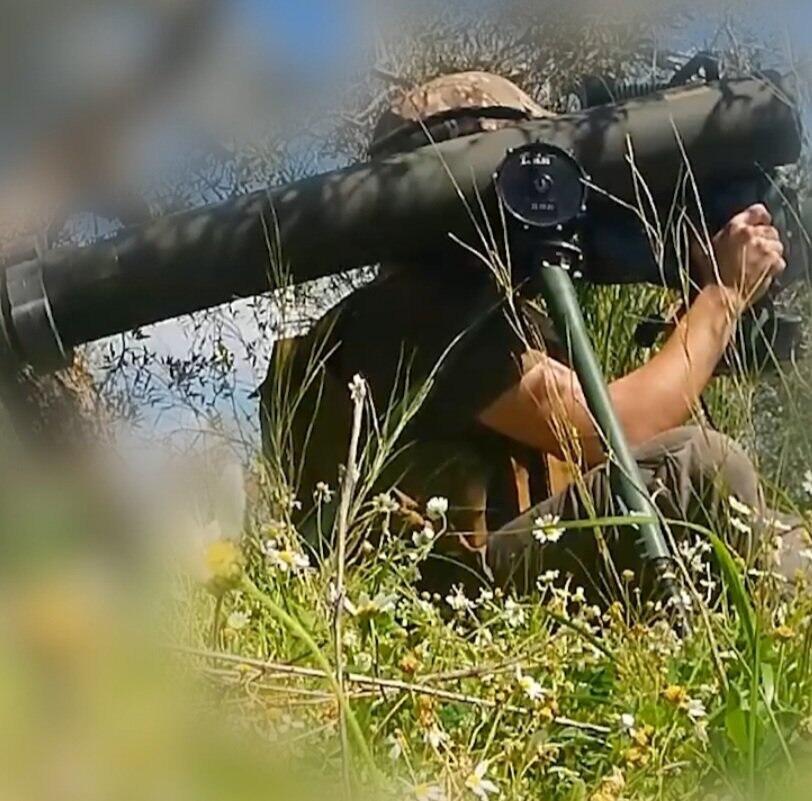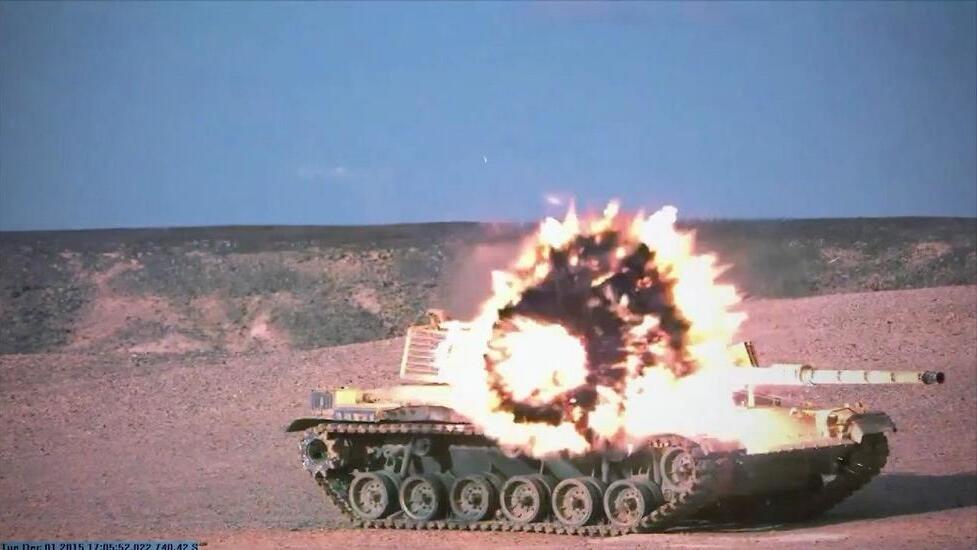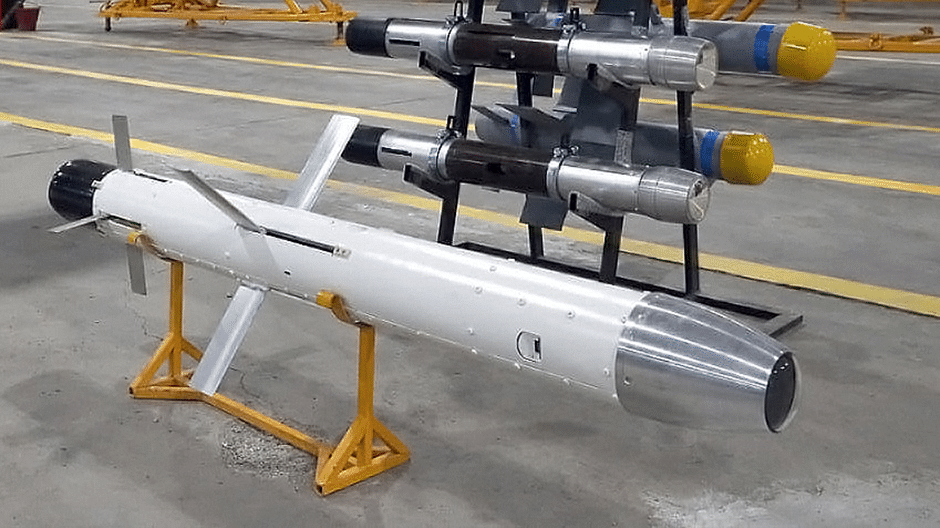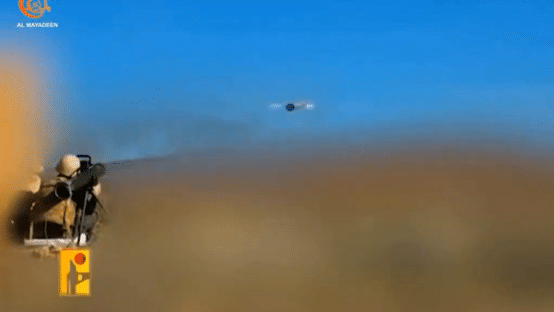Getting your Trinity Audio player ready...
Hezbollah has been using the Almas anti-tank missile, reverse-engineered by Iran from an advanced Israeli anti-tank missile that was captured by Hezbollah during the 2006 Second Lebanon War, the New York Times reported on Saturday.
Israeli security officials said that the missile now poses a threat to IDF forces near the border and that Hezbollah has begun manufacturing the missiles inside Lebanon to reduce its reliance on Iran's weapons supply chain.
Previous reports have already documented Hezbollah's use of the Almas — (diamond in Arabic and Persian) — developed on the basis of the Israeli Spike missile made by Rafael Advanced Defense Systems.
According to the report, the reverse engineering was made possible after an entire system of the Spike missile — including a launcher and several missiles — was "left behind in the field" during the 2006 war.
Israeli security officials told the American outlet that after this oversight was discovered during an inventory review of equipment deployed in Lebanon and later recovered or destroyed, Israel recognized a significant risk of the weapon being delivered to Iran, dismantled and reverse-engineered.
Iran has previously developed weapons by reverse-engineering U.S. missiles and drones and concerns it would do the same with the Spike missile has ultimately materialized. According to Israeli intelligence, Iran's Almas missile, developed from the Spike, was first deployed during Syria's civil war in the past decade. However, they stressed that Hezbollah's use of these advanced anti-tank missiles during that time was relatively limited.
Hezbollah's first public use of the missile was in January when it released propaganda footage of an attack on an IDF naval base in Rosh Hanikra. The terror group has since published additional videos showing missile launches targeting Israeli positions near the border.
In one video, a launcher was seen with visible markings that revealed it was manufactured in 2023, suggesting that missiles produced in Iran were quickly delivered to Hezbollah through smuggling routes from Iraq and Syria.
Now, according to Israeli security officials who spoke with the outlet, Hezbollah has begun producing the Almas missile domestically in Lebanon, aiming to reduce its dependency on Iranian shipments.
Iran continues to manufacture the missile for its own military, and some at Israel’s Alma Research and Education Center fear it could be distributed to other Iranian proxies across the Middle East.
"It’s highly likely that these weapons — both current and future models — will be deployed across the fronts where Iran's proxies operate, posing threats to various high-value targets (not only Israeli) over increasing ranges," the institute noted in an analysis from April.
According to the New York Times, the Almas missile already presents a "significant challenge" to Israeli forces during the conflict with Hezbollah. Israeli security officials noted that anti-tank missiles of this model were among the advanced weapons systems discovered by IDF troops during ground operations in southern Lebanon.
These missiles were described as some of the most sophisticated weapons seized, contrasting with a larger cache of less advanced arms, including Russian-made Kornet missiles.
In the same way that the Spike missile was based on advanced anti-tank systems like the American Javelin, the Almas is a state-of-the-art guided missile that "locks onto" its target. It has a reported range of up to 16 kilometers (10 miles). According to the Alma Research Center, operators don’t need a direct line of sight to launch it as it can be fired from underground or via drones.
The institute further highlighted the missile's ballistic trajectory, enabling it to strike targets from above — a point where tank armor is typically more vulnerable.
The Israeli research center also identified at least three Almas models, each representing an upgrade over its predecessor. In June, Alma researchers reported that Hezbollah had likely begun using a fourth, more advanced version. Innovations in this model reportedly include the ability to transmit clear images during flight back to operators.
According to another research group, CAT-UXO, the Almas can carry two types of warheads: one designed for a two-stage explosion to penetrate armor more effectively and another employing a fuel-air explosive to create a massive conflagration upon detonation.
Get the Ynetnews app on your smartphone: Google Play: https://bit.ly/4eJ37pE | Apple App Store: https://bit.ly/3ZL7iNv
Mohammed al-Basha, a Middle East military expert with a Virginia-based risk management firm, told the American that the growing deployment of Iranian weapons produced through reverse engineering signals is “fundamentally altering regional power dynamics.”
“What was once a gradual spread of older missile generations has transformed into rapid deployment of cutting-edge technology across active battlefields,” He explained.






